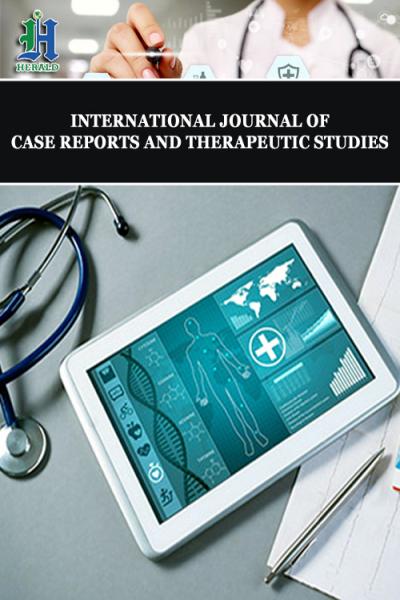
High Ability: The Great Unknown of Special Educational Needs
*Corresponding Author(s):
Jana Blanco FernándezInternational University Of La Rioja, Spain
Email:jblaf@unileon.es
Introduction
If we ask about giftedness, everyone has an idea of what the term means, in addition to the fact that there is always something to say about how these people are, what they need, what characteristics they have or what role they have within society. But the idea is already wrong from the beginning, from the very end, since they are not gifted people but people with high capacity (AACC) in one or more areas of their life [1]. The reason for this misunderstanding about the term may be due to the large amount of misinformation that circulates about it, the opinion of different professionals who are not knowledgeable experts on the subject or the traditional and not rigorous view that has been forged on these people and everything around them.
It is striking that this does not occur with other special educational needs, since it is not normal for opinions to be launched about Dyslexia, Autism or Adhd, very current disorders in our classrooms, but it does occur in the case of high ability, where society allows a certain license to speak of the subject and the people who present it without any knowledge and with total impunity.
The myths surrounding high ability are many, although we are going to classify them into three large groups: high ability is real, high ability equals high IQ, and high ability is forever [2].
The myth that high ability is a real thing is widespread among parents, professionals and the general population. This belief is a specific feature of the traditional view of giftedness, where different authors believed that students with AACC feel, think, and experience the world differently. According to these authors, AACC assumes superior awareness, sensitivity, and ability to understand and transform perceptions into intellectual and emotional experiences. Shortly after, this is corrected by identifying AACC as a social construct, an invented way of categorizing children, which is usually treated in the wrong way at school, as something that you have or not, treating it as a real existence.
It is important to be aware that when we speak of AACC it is a created construct, useful because it can be measured and defined, which each society has historically used as a label to identify and explain those most capable individuals.
Regarding the second myth, that high ability equates to a high score on intelligence tests, which translates into a high score on Intelligence Quotient (IQ), still very popular in Europe and the US. This myth conditions the processes of identification of the most capable students, and with it, the recognition of high capacities by the administration. According to Pfeiffer [3], this vision is currently being surpassed a little, taking into account aspects such as creativity, leadership or academic results for the identification of the most capable students.
Regarding the third myth, that the AACC is forever, it derives from the two previous myths. Since, if you think that the AACC equates to a high IQ, it will be constant over time. For this reason, it is believed that students who have already been diagnosed should not be retested. Contrary to this, scientific evidence shows that intelligence changes, even remarkably, in a person's life, where IQ shares part of the variance with performance, but not even most of it. Just as attention, memory or perception can be trained, intelligence can also be trained, since it is logical to think that the intellectual capacity that a child has in the Early Childhood Education stage is not the same as that of an adolescent, which has been achieved both through development and through training throughout the school life.
In conclusion, we must be very aware and careful when talking about certain topics, in addition to the fact that the different professionals must be properly trained in each of the classroom needs. On the other hand, it is also important to be aware that the identification of the different needs should not be to label the students, but to help them achieve their maximum possibilities in the classroom, through correct instruction based on their diagnosis, which entails working according to the needs and interests of each of the students, whatever their characteristics.
On the other hand, the "labels" that we sometimes put on us students make us endanger their education, their development, as well as their family and environment. You have to be very careful to avoid making any negative connotation of the characteristics that any student presents, thus avoiding possible negative effects.
References
- Tourón, J (2020) High capacities in the Spanish educational system: reflections on the concept and identification: Concept and Identification Issues. J Educ Res 38: 15-32.
- Pfeiffer S (2017) Identification and evaluation of highly capable students. Logroño: UNIR.
- Pfeiffer S (2015) The Tripartite Model on high ability and best practices in the assessment of the most capable: Tripartite Model of Giftedness and Best Practices in Gifted Assessment.
Citation: Fernandez JB (2021 High Ability: The Great Unknown of Special Educational Needs. Int J Case Rep Ther Stud 3: 017
Copyright: © 2021 Jana Blanco Fernández, et al. This is an open-access article distributed under the terms of the Creative Commons Attribution License, which permits unrestricted use, distribution, and reproduction in any medium, provided the original author and source are credited.

